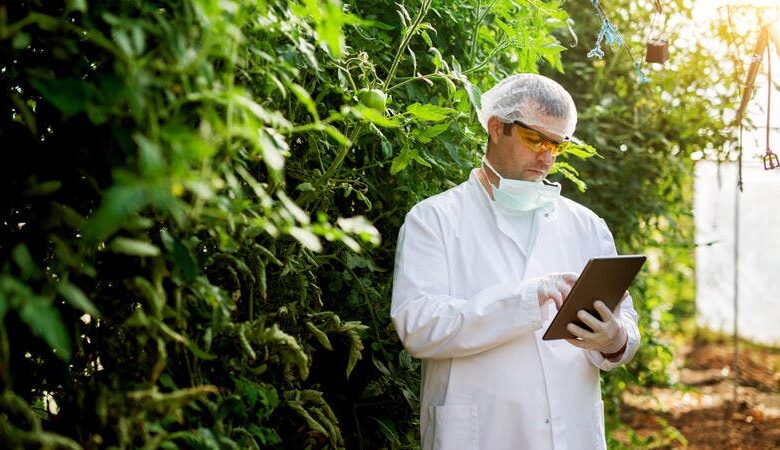A team of scientists led by Nanyang Technological University in Singapore (NTU Singapore) has developed a device that can transmit electrical signals to and from plants. The researchers note that their development will lead to the creation of new technologies using plants.
Kiev. Ukraine. Ukraine Gate – March 21, 2021 – Technology
The NTU team developed their plant communication device by attaching an appropriate electrode (a piece of conductive material) to the surface of the plant – the Venus flytrap – using a soft, sticky glue, a hydrogel. This allowed scientists to achieve two goals: to capture electrical signals to track plant responses to the environment; and transmit electrical signals to the plant to, for example, “close”.
Scientists have known for decades that plants emit electrical signals to sense and respond to their environment. The NTU research group believes that the development of the ability to measure electrical signals from plants will create opportunities for many useful applications. For example, you can create robots based on plants – they will help you collect fragile objects. Also, capturing and transmitting electrical signals from the plant and back will contribute to increased food security by detecting diseases in early crops.
The problem is that the electrical signals of the plants are very weak and can only be detected when the electrode is in good contact with the surfaces of the plants. Rough, waxy, and uneven plant surfaces make it difficult to install any thin-film electronic device and provide reliable signal transmission.
With a thermogel that gradually changes from a liquid to an expandable gel at room temperature, the bond device can be easily attached to plants with different surface textures. In addition, such a gel provides high-quality signal detection, despite the fact that plants move and grow depending on the environment.
In addition, the NTU team used the principle of electrocardiography (ECG). This test method is used to detect heart abnormalities by measuring the electrical activity generated by the organ.
As a proof of concept, the scientists took their plant communication device and attached it to the surface of the Venus flytrap, a carnivorous plant with hairy leaf petals that, when triggered, close over insects.
The device has a diameter of 3 mm and is harmless to plants. This does not affect the plant’s ability to photosynthesize when the electrical signals from the plant are successfully detected. By using a smartphone to send electrical impulses to the device at a specific frequency, the team forced the Venus flytrap to close its leaves on demand in 1.3 seconds.
The researchers also attached the plant to a robotic arm and, using a smartphone and a communication device, stimulated the leaf to close and pick up a piece of wire half a millimeter in diameter.
The scientists’ work, published in the scientific journal Nature Electronics in January, demonstrates the prospects for the future design of plant-based technological systems. Their approach could lead to more sensitive gripping robots for gripping fragile objects that could be damaged by existing rigid systems.
Read also: Zelensky Reacts to the Pogrom of the President’s Office
Source: Ukrgate







